Samsung Galaxy A series phones: Your complete buyer's guide
Here's everything you need to know about Samsung's best-selling Galaxy A series.
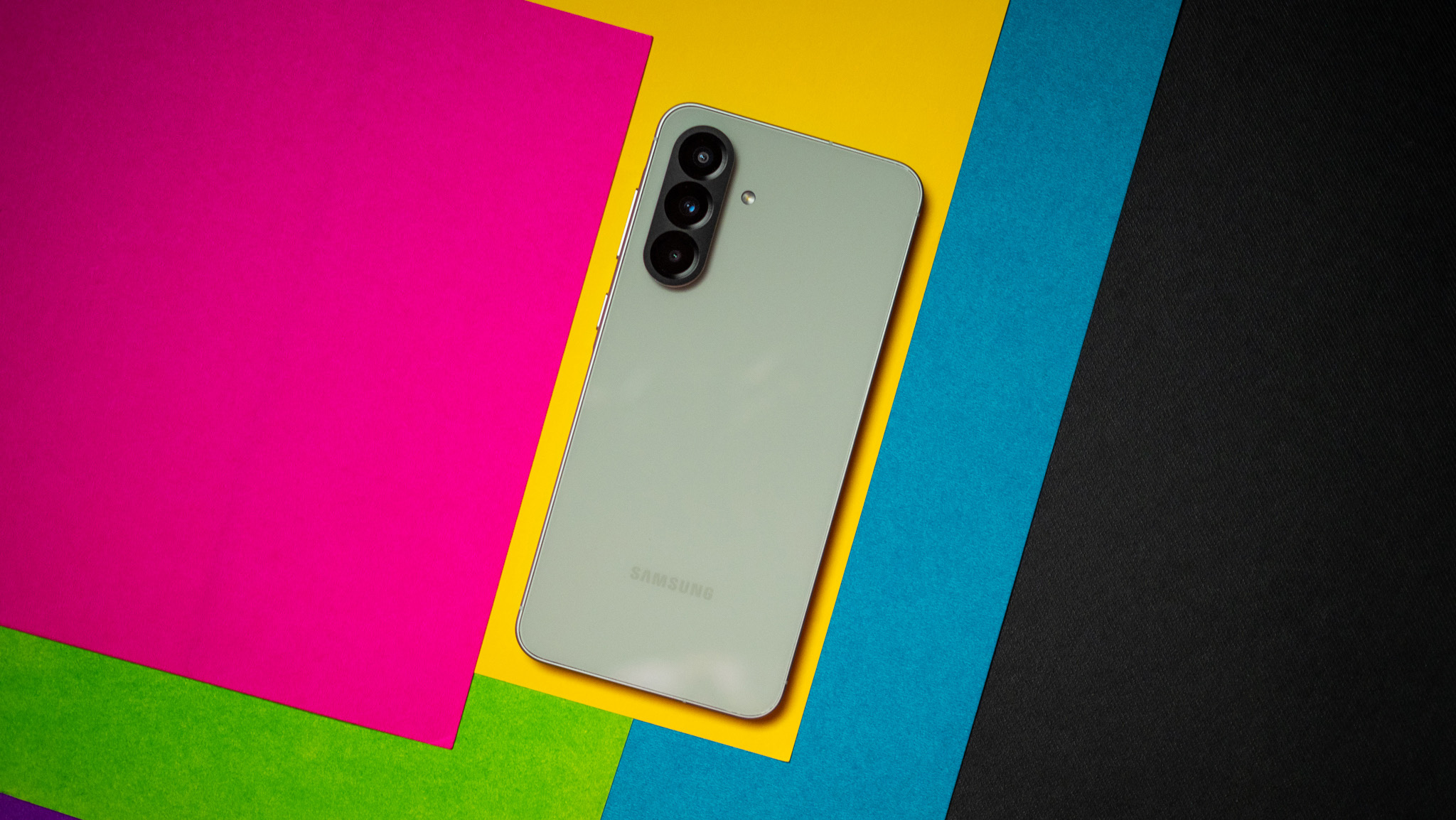
The Galaxy A series forms the bedrock of Samsung's mid-range ambitions. The A-series started out by bringing features previously limited to Samsung flagships at a much more affordable price point. While it was traditionally focused on the mid-range segment, Samsung merged the entry-level Galaxy J series into the Galaxy A back in 2019.
The result is that the Galaxy A series starts under $159, thanks to devices like the Galaxy A06. While the budget Galaxy A options make it easier to upgrade to one of the best Samsung phones, the mid-range options like the new Galaxy A56 and the A36 offer exciting new features for those who want 5G connectivity, many years of software support, decent cameras, and a good value.
Samsung clearly did the right thing by broadening focus with its Galaxy A devices, and they now account for nearly 60% of all Samsung phones sales globally. Considering the number of phones available in this series, it can get a bit daunting to find the device that's ideal for your needs. So if you're looking to upgrade to a new phone in 2025, these are the best Galaxy A series phones you'll need to consider.
Galaxy A56: Leading the way
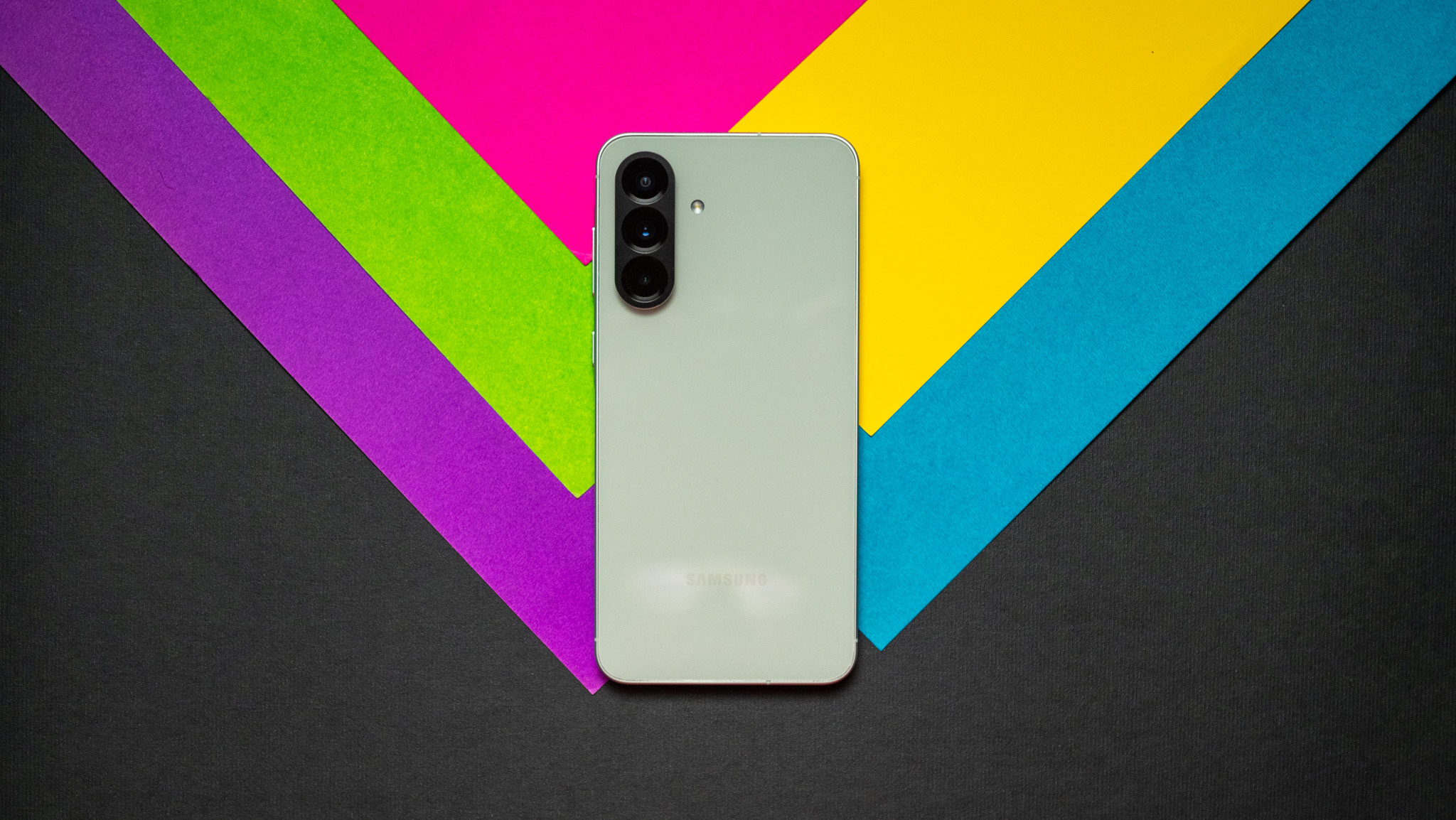
The Galaxy A56 is the latest in the A series, and while it doesn't differ too much from its predecessor, there are a few new features that are noteworthy. The overall design is similar to the A55, except for the rear camera lenses which are back in the pill-shaped island. The phone will be priced at $499 when it hopefully comes to the U.S. later this year.
The Galaxy A56 has a slightly larger 6.7-inch screen that makes it a bit taller and wider than the Galaxy A55. It is considerably lighter though at 198g. The AMOLED panel itself is the same, but you get higher peak brightness level of up to 1,900 nits. There's still the 120Hz refresh rate and Full-HD+ resolution, but now there's Gorilla Glass Victus Plus for the front and back of the phone.
The Galaxy A56 has roughly the same set of cameras as the A55 on the back, and that includes a 50MP main lens, 12MP wide-angle, and a 5MP macro. The selfie camera has been downgraded to 12MP from 32MP, which we feel was an odd choice to make. The battery is the same 5,000mAh capacity but the charging speed is finally higher at 45W. You also get a newer Exynos 1580 which should offer slightly better raw performance.
The Galaxy A56 is one of the first A series phones to get six generations of OS upgrades and six years of security patches, bringing it that much closer to its S series flagships. Given that the Galaxy A55 didn't launch in the U.S. at all, it'll be interesting to see if Samsung decides differently for the A56. The A56 is also among the first to get a sub-set of Galaxy AI features which Samsung calls 'Awesome Intelligence.' This includes AI features like Circle to Search, and a few more.

The Galaxy A56 is slowly making its way to global markets, and hopefully, it launches in the U.S. It has modest upgrades over the Galaxy A55, but some that stand out are the 45W fast charging and the promise of six generations of Android updates.
Galaxy A55: Still going strong
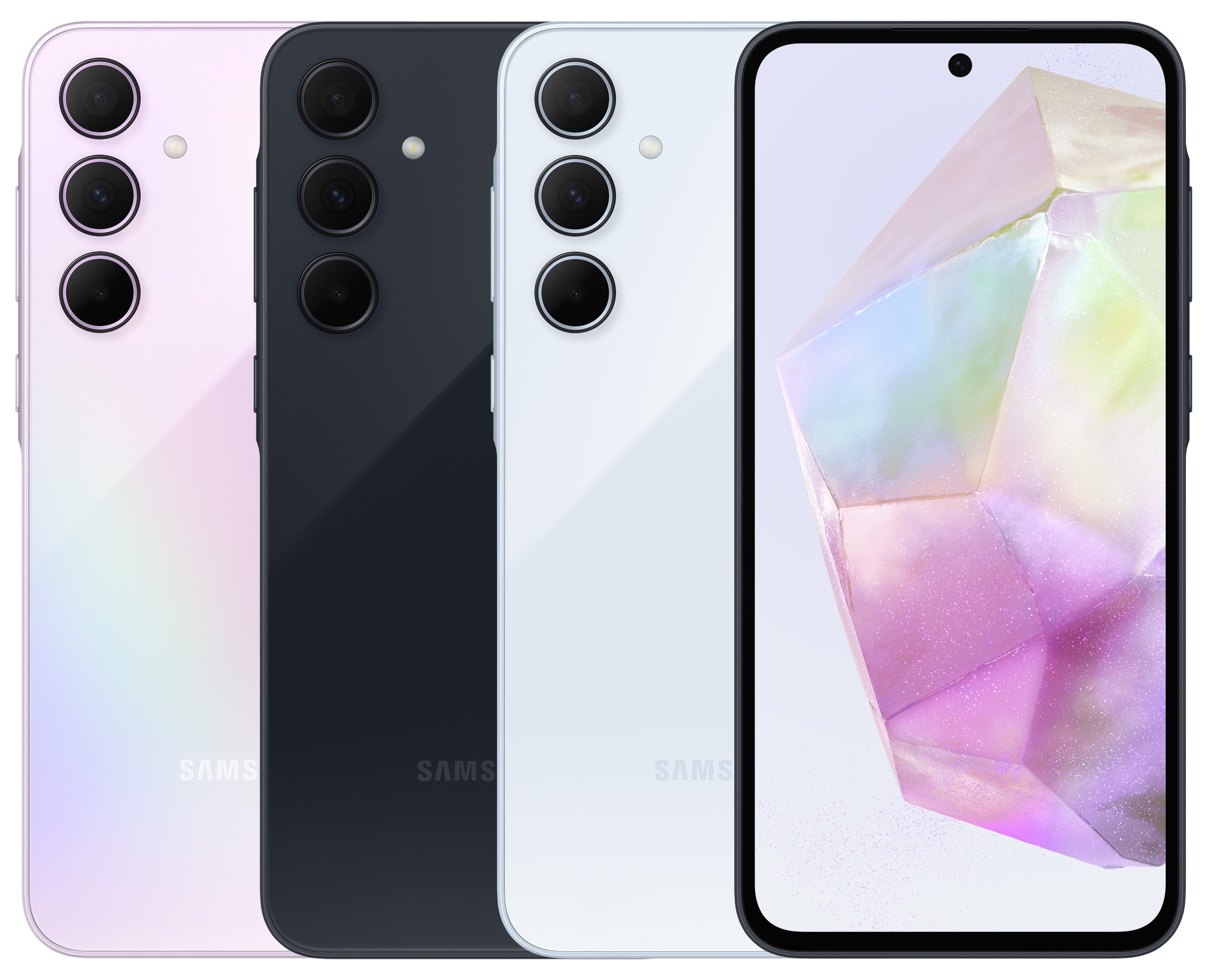
The Galaxy A55 is still a good option that's worth considering. It has a marginally larger 6.6-inch screen, and that makes it a smidgen taller and wider than the Galaxy A54. The AMOLED panel itself is the same, and you get the same brightness levels, 120Hz refresh, and Full-HD+ resolution as the A54, but it now has a coating of Gorilla Glass Victus Plus.
You get the same set of cameras as the A54, and that includes a 50MP main lens, 12MP wide-angle, and a 5MP macro that just doesn't measure up. The battery is unchanged at 5,000mAh, and the Exynos 1480 is nearly identical to the Exynos 1380 that was used in the Galaxy A54, albeit with a slightly higher frequency.
Although Samsung now guarantees seven software updates to its Galaxy S25 series, the Galaxy A55 gets the same four platform update cycle as its predecessor. Given the sheer number of similarities, it's understandable that Samsung didn't launch the Galaxy A55 in the U.S. at all — the brand is directing customers to pick up the older Galaxy S24 or S23 FE instead.
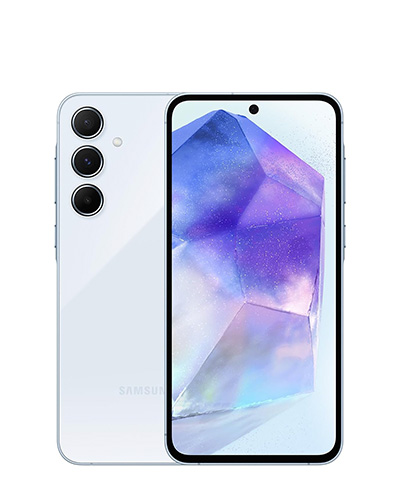
The Galaxy A55 is available in many global markets, but the device isn't present in the U.S. It has modest upgrades over the Galaxy A54, so if you need a mid-range Samsung phone that works best in the States, you'll need to pick up the older A54 instead.
Galaxy A54: Still a terrific choice
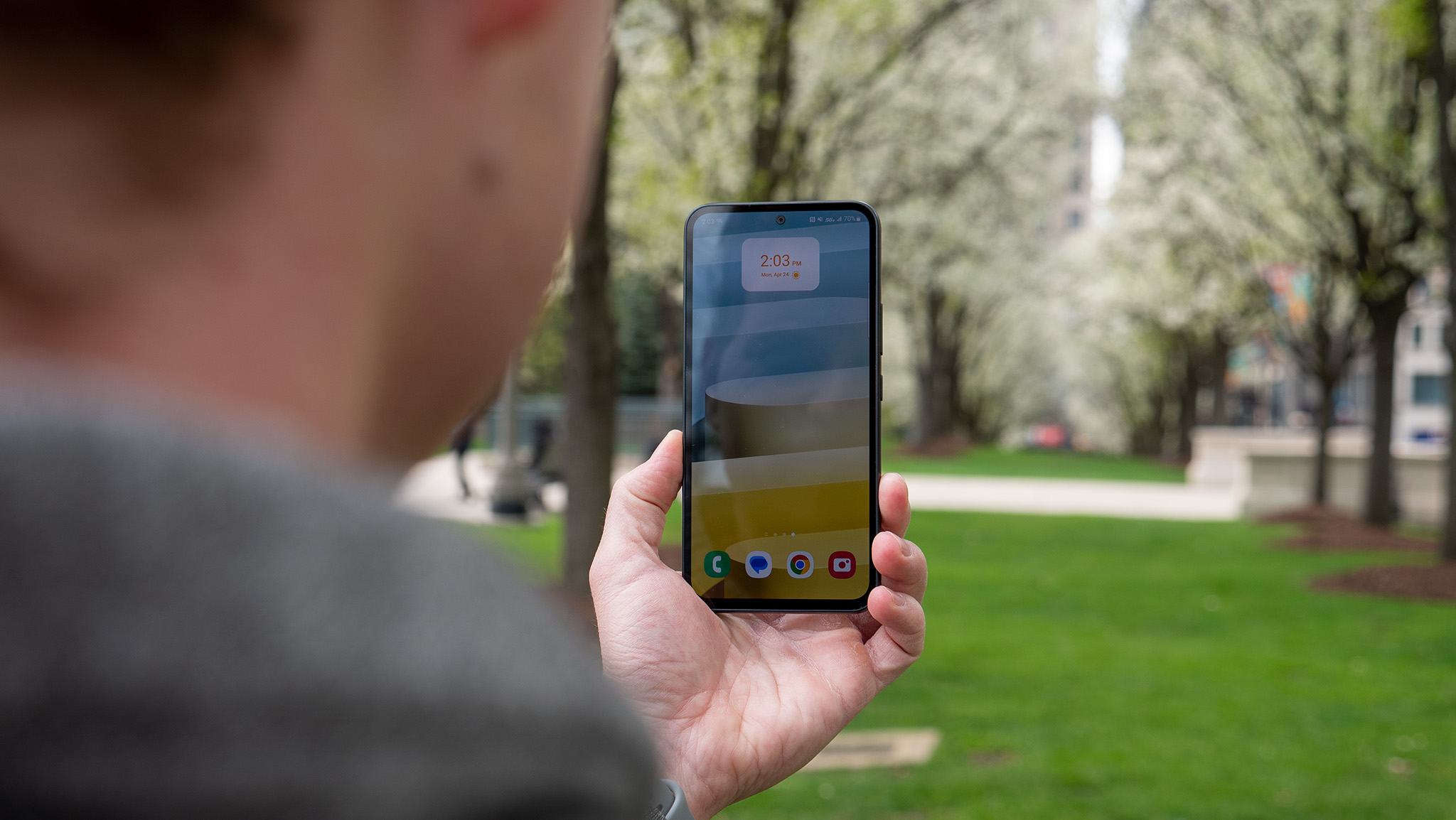
The Galaxy A54 is over two years old at this point, but it is still the default choice if you want a mid-range Samsung phone. As I said above, the Galaxy A55 doesn't really bring anything new to the table, and as the A54 has been on shelves for a while now, there are attractive discounts to be had on the device.
There isn't one area where the A54 truly shines, but the combination of a vibrant AMOLED panel, 50MP camera at the back, decent battery, and four Android OS updates make it a good choice. That said, the phone isn't particularly fast, and isn't designed for gaming — it still uses Arm's old v8 cores and doesn't pass muster when playing demanding titles.
While you won't see many slowdowns in daily use, the Galaxy A54 is by no means a powerful phone. But if you don't intend to play games and want a device that can tackle browsing and social media use, there's not much to fault with the device.
If you can get a good deal and need a cheap Samsung that works well with U.S. carriers, the Galaxy A54 is still a terrific choice.
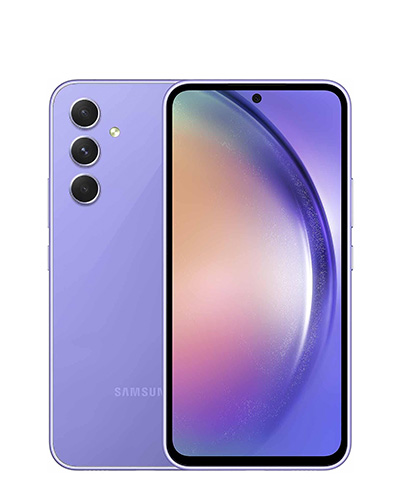
The Galaxy A54 is the best choice if you want an affordable Samsung phone that works well with U.S. carriers. It has a good feature-set, standout battery, and decent cameras at the back.
Galaxy A36: Everything you need
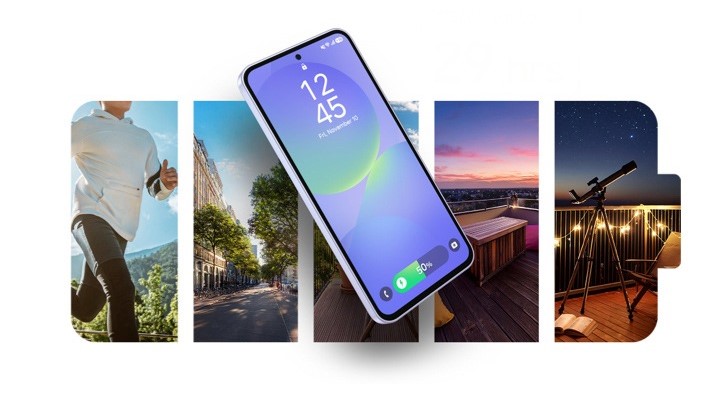
The Samsung Galaxy A36 is the successor to the Galaxy A35, coming in at $399 and packing a host of useful upgrades. The new model is slimmer and lighter, uses Gorilla Glass Victus Plus for the back panel too, has a brighter AMOLED display, more peppy processor, and faster charging. The biggest attraction though is the six years of generational Android OS upgrades, which is a first for the series.
One thing that's worth noting is that the Galaxy A36 ditches the microSD card slot and the U.S. variant only has 128GB of storage, which could be an issue. The Galaxy A35 had expandable storage, so if you'll be storing lots of data locally, it's best to factor this in. The Galaxy A36 should offer a more modern usage experience thanks to One UI 7. It's also among the first in the A series to get AI features which Samsung refers to as Awesome Intelligence. It's basically a sub-set of Galaxy AI features found in the S series phones.
Performance of the Galaxy A36 should be better thanks to the Snapdragon 6 Gen 3 processor. You get the latest wireless standards like Bluetooth 5.4 and Wi-Fi 6. Charging speeds have finallly increased to 45W, which means topping off the 5,000mAh battery should be less of a chore.
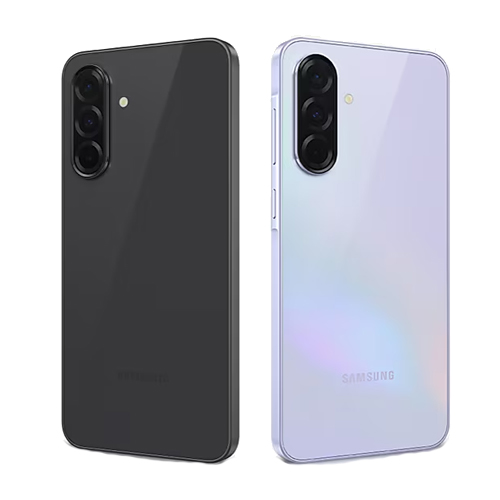
The Galaxy A36 is a great option if you like the look of the Galaxy A56 but don't want to shell out as much cash.
Galaxy A35: Still good value
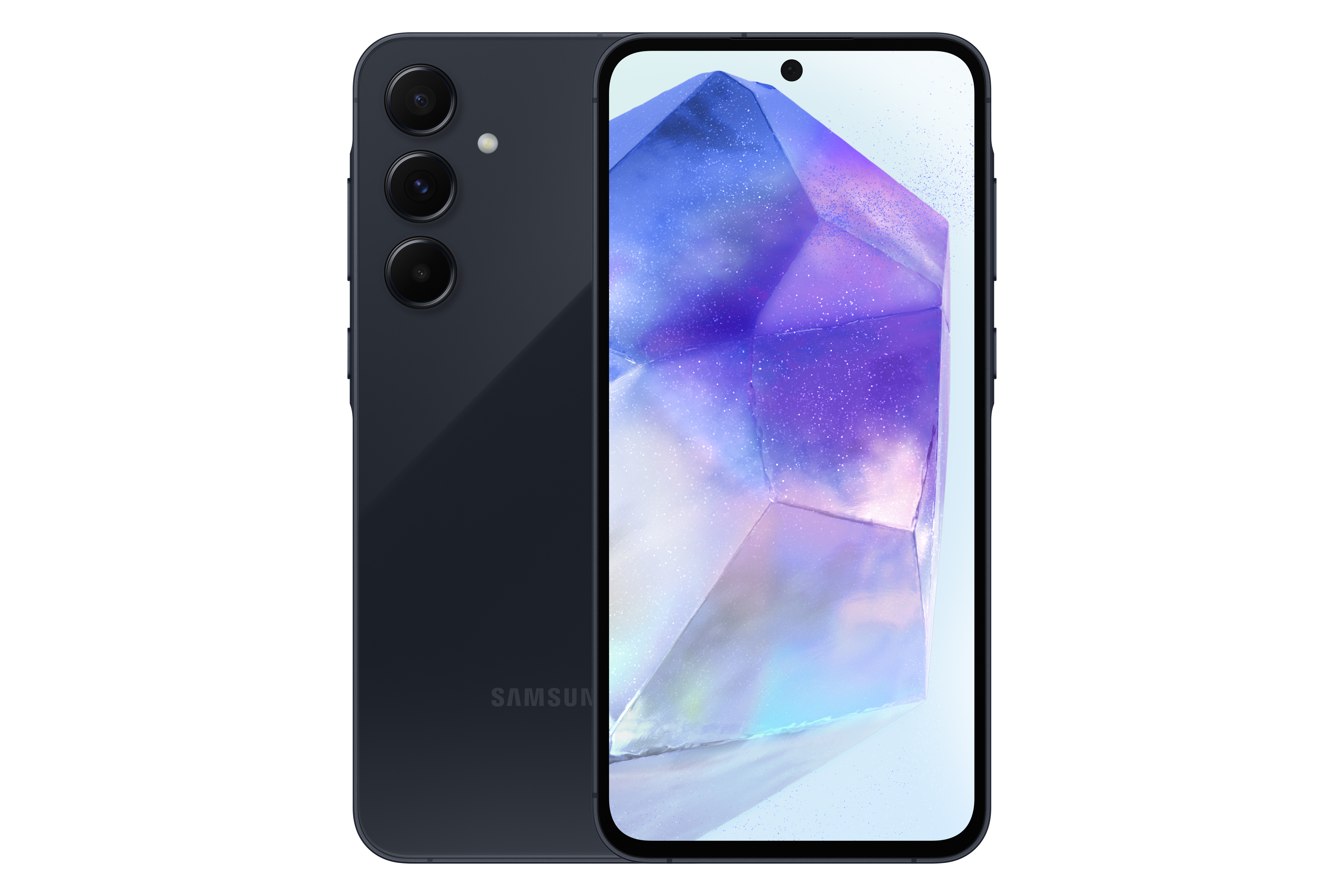
The Galaxy A35 takes the best features of the Galaxy A54 and brings it to an affordable package. It uses the same Exynos 1380 platform, and while it may not be as fast as what you get on the likes of the Pixel 7a, it is better than the Dimensity 1080 that was featured on the Galaxy A34 from 2023.
You also get a glass back this time around, and it makes the A35 look just that little bit more premium. Samsung didn't make any changes to the sides, and those are made out of polycarbonate, like last year. The front gets Gorilla Glass Victus Plus protection, making it more resilient to tumbles.
Samsung also offers IP67 ingress protection as standard on its mid-range phones, and that's the case with the A35. The 50MP camera takes better photos than previous generations, the 6.6-inch 120Hz AMOLED panel gets bright in daily use, and the 5,000mAh battery is designed to last a day and a half between charges.
Unlike the Galaxy A55, the A35 is available in the U.S., and considering just how similar it is to the Galaxy A54, it may be a better choice if you want to save some green.
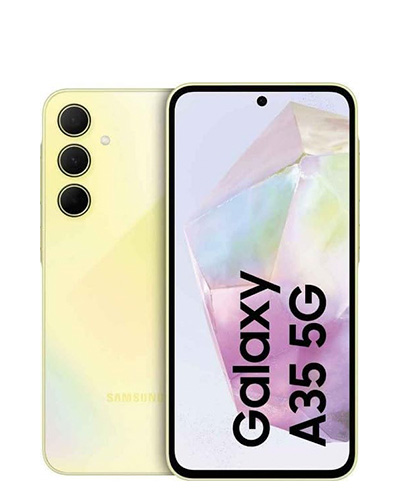
The Galaxy A35 is still a great option if you want 5G, good support with U.S. carriers, and long battery life.
Galaxy A26: Now with dust and water resistance
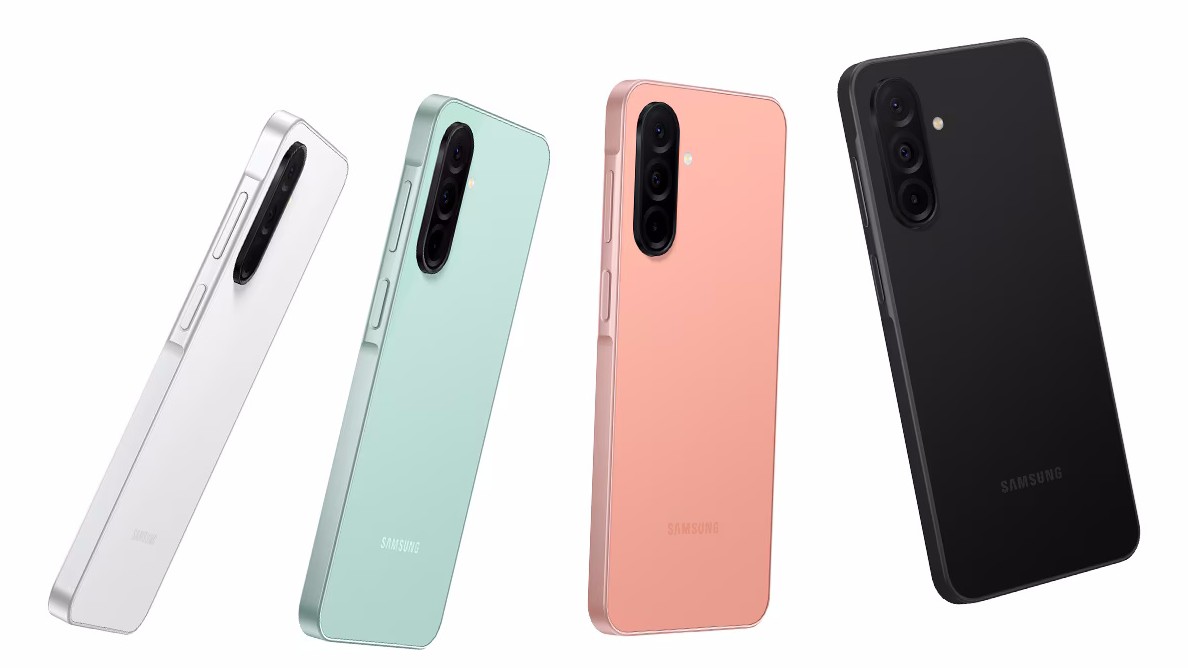
The Samsung Galaxy A26 launches at $299 and comes with some good, notable upgrades over the Galaxy A25. For starters, it finally gets an official IP67 rating for dust and water resistance, something that was missing before. It looks like its other siblings too except for the waterdrop notch in the display instead of the hole-punch cutout.
Other big upgrades includes a larger 6.7-inch display with the same AMOLED tech, but with Gorilla Glass Victus Plus on the front and back. The A26 keeps the microSD card slot so you can expand the internal storage. The cameras are roughly the same as the previous model, with a 50MP main, 8MP ultraiwde, and 2MP macro. Samsung has gotten rid of the headphone jack though, which a few might miss.
The battery capacity on the Galaxy A26 is the same 5,000mAh and it charges at 25W. Just like the other new Galaxy Ax6 series that launched, this one too will get six years of Android OS upgrades, which is incredible for a phone at this price. It ships with One UI 7 that's based on Android 15.
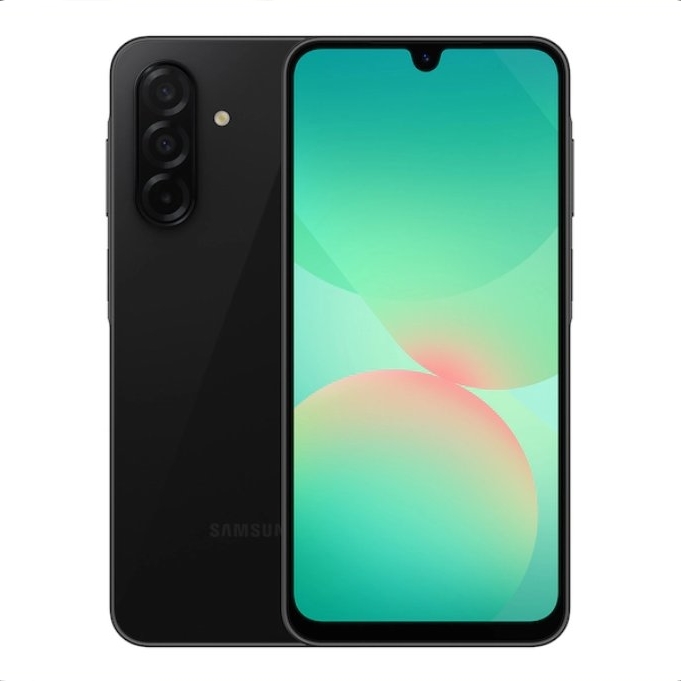
The Galaxy A26 gets a proper water resistance rating and six years of OS upgrades, making it a great deal at $299.
Galaxy A25: Delivering timely upgrades

The Galaxy A25 now sits one tier below the Galaxy A26, and it is available for roughly $220 online. It's still good value when you consider what you're getting with the device. As is the case with other Galaxy A models, Samsung didn't make any changes to the design, and as such the A25 still uses the older waterdrop-style cutout for the camera at the front.
It has the same 6.5-inch AMOLED screen as last year, but this time, the refresh rate goes up to 120Hz (from 90Hz). You still don't get ingress protection on the A25; if you need the feature, you'll need to pick up the A26 or go up a tier to the A36 instead. The 50MP camera at the back is decent enough in its own right, but it doesn't quite measure up to what you get on the mid-range Galaxy A devices.
That said, there's still an SD card slot, the same 5,000mAh battery that you see across the Galaxy A range, and similar software features. At the end of the day, it's this familiarity that makes the A25 a good overall choice.
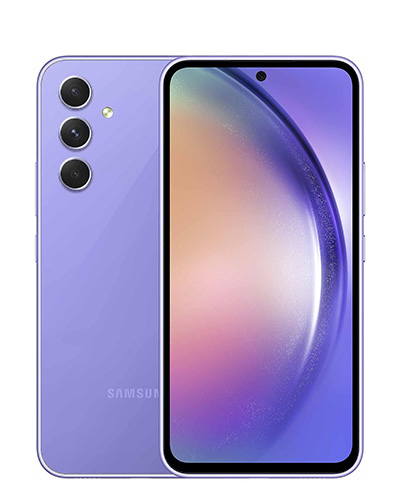
The Galaxy A25 has useful upgrades that make it a good choice, and while there are a lot of downsides, it holds its own in daily use.
Galaxy A16: Little improvements
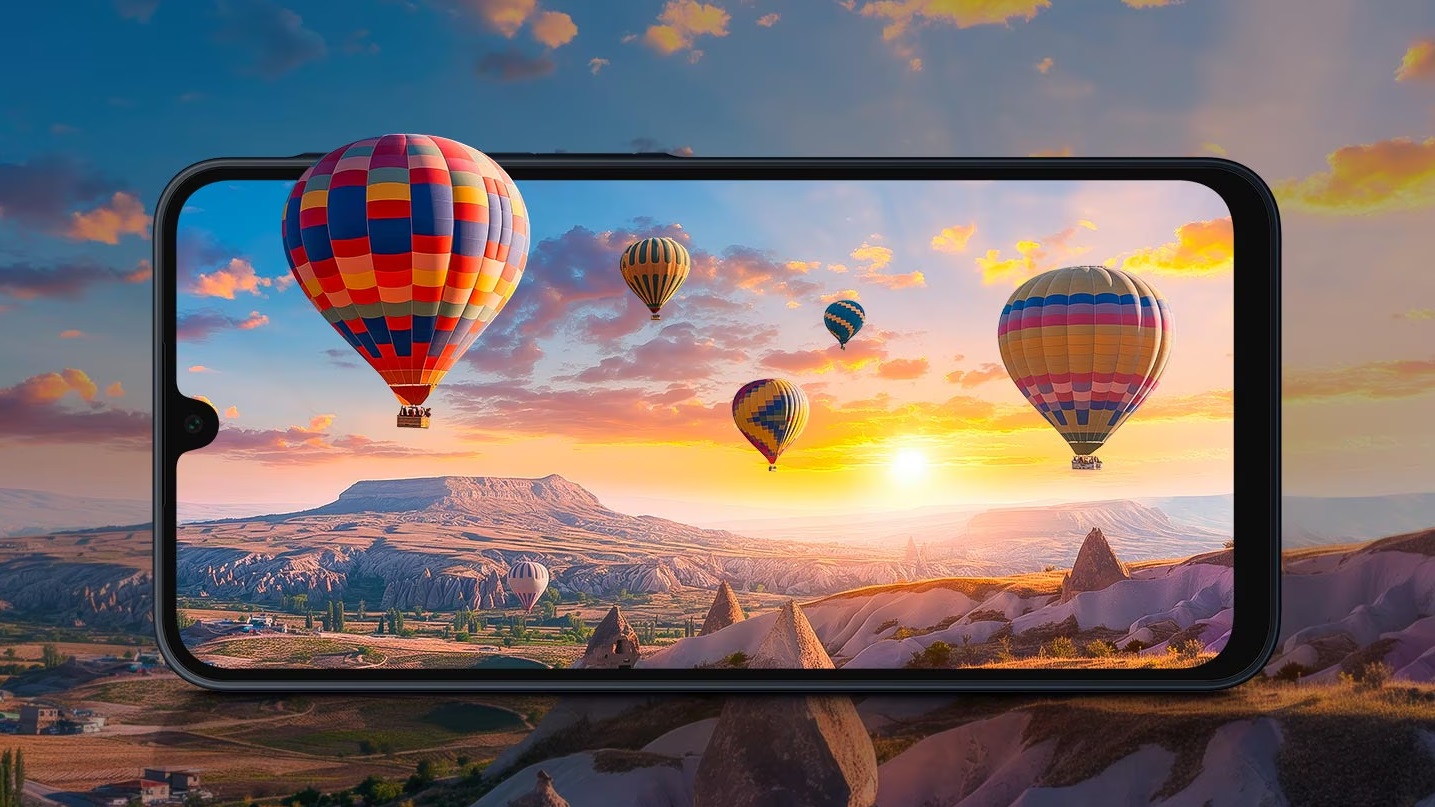
The Samsung Galaxy A16 5G was the first A series phone to get six years of Android OS upgrades. What made this news even more shocking was the fact that this phone sits at the bottom of the portfolio under $200. It's a larger phone compared to the A15 5G due to the bigger display, but it's slimmer. Even at this bargain price, Samsung is offering an AMOLED panel, IP54 rating for dust and water resistance, microSD card slot, and a massive 5,000mAh battery.
The Galaxy A16 5G looks like a budget phone with the waterdrop notch and thick bottom bezel. The rear cameras include a 50MP main, 5MP ultrawide, and 2MP macro. Selfies are handled by a 13MP front camera. Despite the larger screen size compared to the A15, you still get a Full-HD+ resolution so content should be farily sharp and clear. To cut costs though, the frame and back panel are both plastic.
The A16 5G runs One UI 6.1 which is based on Android 14, and will be getting OS upgrades for the next six years. The phone also has a large 5,000mAh battery, which should easily give you multiple days of battery life. Depending on which region you buy it from, the A16 either comes with an Exynos 1330 or MediaTek Dimensity 6300 SoC.
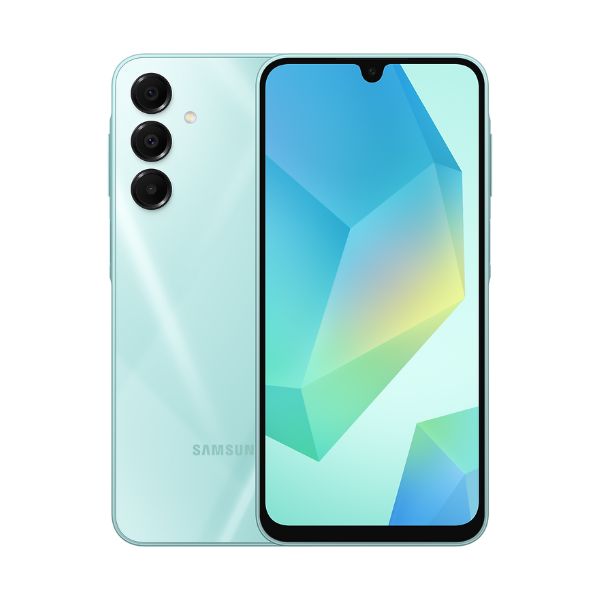
The Galaxy A16 5G adds a few improvements over the A15 like the IP54 rating and six years of OS upgrades.
Galaxy A15: 5G for everyone
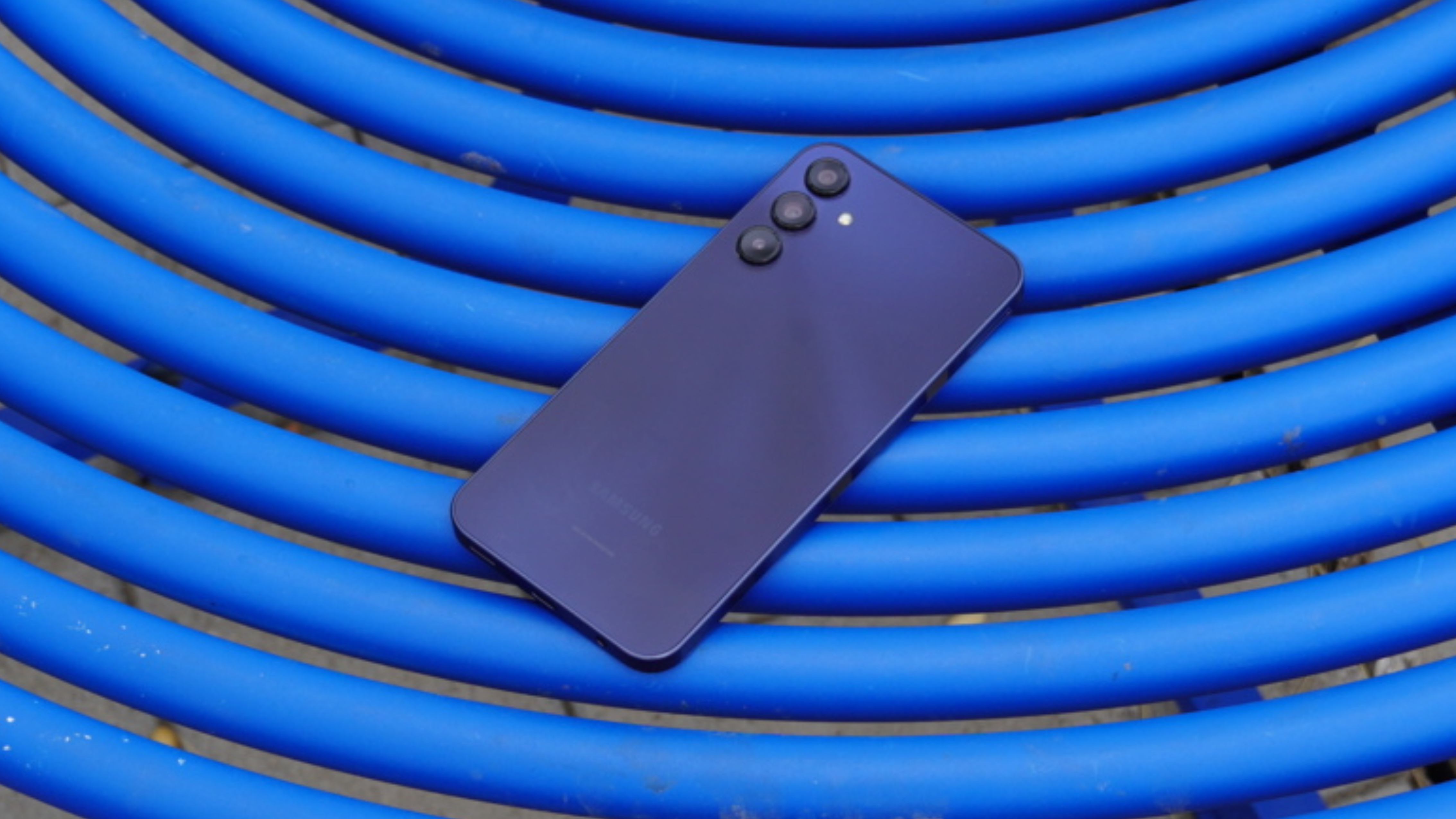
The Galaxy A15 lowers the barrier to entry for 5G quite considerably; the phone is available for uner $199 on Amazon, and you get a lot for that price. There's an AMOLED panel with good color vibrancy, and it goes up to 90Hz. The 50MP camera at the back takes decent shots in daylight scenarios, and while it struggles in challenging situations, it is much better than its predecessor.
The 5,000mAh battery lasts two days between charges, and you get One UI 6 based on Android 14 out of the box. Obviously, there are downsides; the Dimensity 6100+ isn't fast enough, and you'll see slowdowns and lag in routine everyday tasks. The base model has just 4GB of RAM, and that just isn't enough — you'll ideally need to get the 6GB model.
You don't get any ingress protection, and the design isn't quite as modern as the Galaxy A36. But there's an SD card slot as well as a 3.5mm jack here, and while it won't win any awards, the Galaxy A15 does a good job delivering the basics.
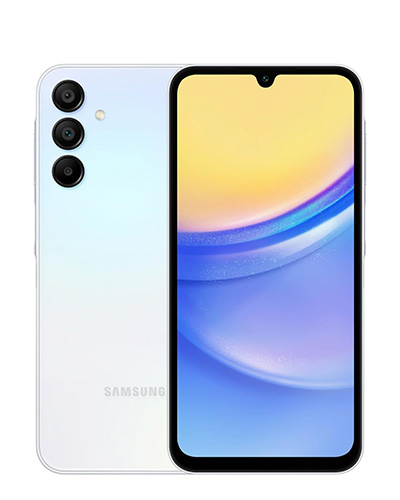
The Galaxy A15 5G is a good choice if you want an entry-level 5G phone. It isn't fast or fluid in daily use, and the design isn't exactly new, but you get the basics, and there's even a 3.5mm jack.
Be an expert in 5 minutes
Get the latest news from Android Central, your trusted companion in the world of Android

Harish Jonnalagadda is Android Central's Senior Editor overseeing mobile coverage. In his current role, he leads the site's coverage of Chinese phone brands, networking products, and AV gear. He has been testing phones for over a decade, and has extensive experience in mobile hardware and the global semiconductor industry. Contact him on Twitter at @chunkynerd.
